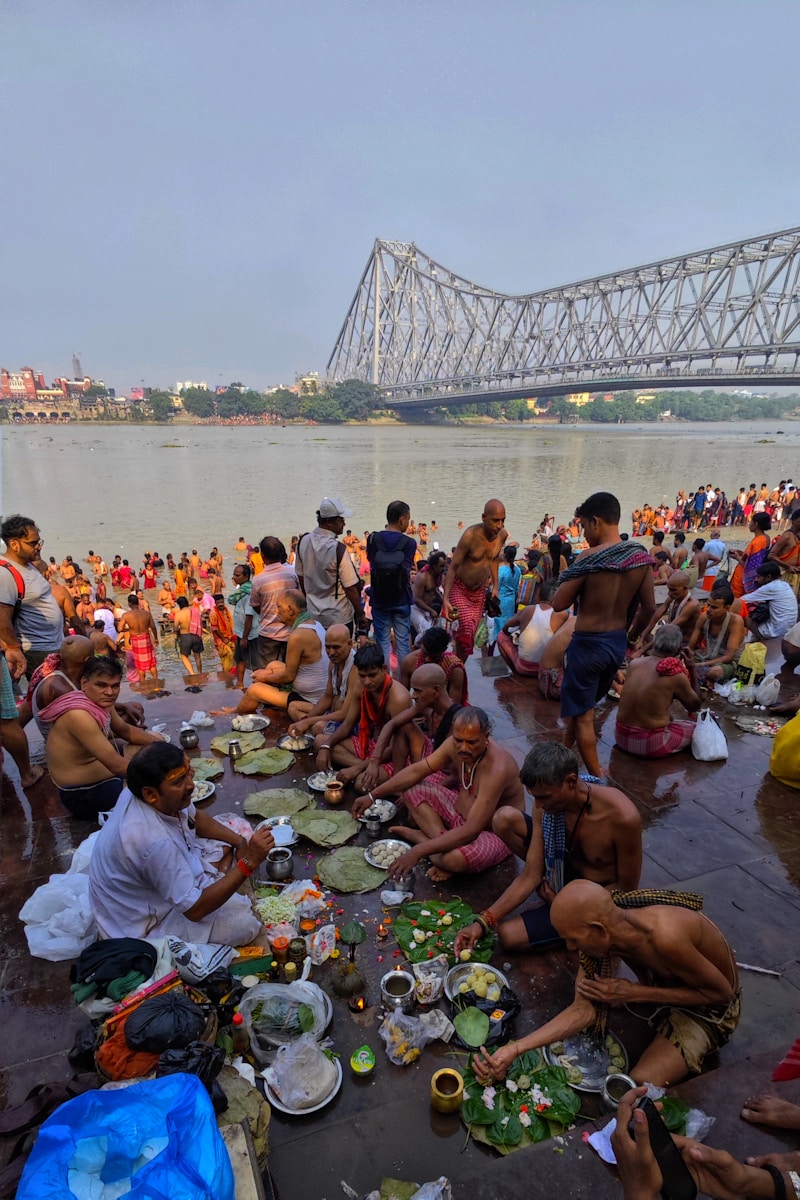Reinventing Traditions in Urban Settings: Bridging the Past and the Present
The dynamics of urban environments often seem to favor modernization and innovation over traditions. Yet, there exists a burgeoning movement towards reinventing traditions in urban settings, where cities that pulse with vibrancy and diversity draw from their historical roots to foster community, culture, and identity.
Understanding the Concept of Tradition in Urban Contexts
Tradition, in a broad sense, refers to the transmission of customs or beliefs from generation to generation. However, in urban settings, this definition evolves significantly. These locations are characterized by a rapid pace of life, technological advancements, and cultural melting pots. Despite this, many urban areas are rediscovering their heritage, creating an engaging juxtaposition of past and present.
The Role of Urban Culture
In cities around the globe, urban culture is increasingly emphasizing the importance of tradition. Local festivals, art exhibitions, and community events serve to showcase cultural heritage while adapting to contemporary needs. As a result, urban settings become platforms for creativity and dialogue, where traditions are reimagined and recalibrated to resonate with modern citizens.
| Key Elements of Reinventing Traditions | Examples |
| 1. Community Engagement | Participatory art projects, local workshops, and cultural programming. |
| 2. Innovation in Practice | Reinventing culinary traditions through fusion cuisine. |
| 3. Preservation of Heritage | Restoration of historic buildings and public spaces. |
| 4. Ecological Sustainability | Incorporating traditional agricultural practices into urban farming. |
Case Studies of Urban Settings Reinventing Traditions
Let’s delve into some notable cities around the world that exemplify the concept of reinventing traditions in urban settings:
1. Tokyo, Japan
Tokyo presents a fascinating blend of ultramodern life with rich history. The city retains ancient shrines and temples amidst bustling skyscrapers. Traditional festivals like Sanja Matsuri are celebrated with enthusiasm, while contemporary art galleries in districts like Shibuya feature innovative interpretations of traditional Japanese motifs.
2. Marrakech, Morocco
Marrakech is a vibrant example of traditional practices woven into urban life. The rich tapestry of Moroccan culture finds expression in the souks, where traditional crafts are adapted for modern aesthetics. Furthermore, initiatives promoting sustainable tourism encourage the preservation of ancient artisan techniques while attracting a global audience.
3. Barcelona, Spain
Barcelona is renowned for its architectural heritage, with masterpieces by Antoni Gaudí highlighting the interplay between tradition and innovation. The city's annual Festes de la Mercè festival is a prime example of how historical traditions are energized through contemporary performances and community involvement, creating a unique urban identity.
Challenges in Reinventing Traditions
While the movement towards reinventing traditions in urban settings holds promise, several challenges can impede progress:
1. Commercialization
As traditions are repackaged for mass appeal, there's a risk of losing their original essence. It's vital to strike a balance between accessibility and authenticity.
2. Gentrification
Gentrification often leads to the displacement of local populations and their traditions. Advocating for inclusive urban policies can help maintain traditional neighborhoods as part of the city's identity.
Tips for Embracing and Reinventing Traditions
If you’re involved in urban planning, community development, or simply passionate about your city’s heritage, here are a few tips on how to support the reinvention of local traditions:
- Encourage Local Participation: Engage community members in cultural programming and decision-making to foster a sense of ownership.
- Promote Education: Organize workshops and educational programs that highlight the importance of local traditions.
- Leverage Technology: Use social media platforms to spread awareness about ongoing cultural events and encourage participation.
- Collaborate with Artists: Partner with local artists to create public art projects that draw inspiration from historical traditions while inviting contemporary interpretations.

Conclusion: The Future of Urban Traditions
Reinventing traditions in urban settings is an ongoing journey that requires collective effort, creativity, and sensitivity. As cities evolve, the vibrant interplay between the past and the present becomes essential in fostering a cohesive and rich urban identity. By embracing and reinventing traditions, urban dwellers can cultivate stronger bonds within their communities while ensuring their cultural legacies thrive for future generations. Emphasizing the importance of these traditions not only enriches city life but also enriches the individuals who call these urban settings home.
In summary, while the challenges are many, the benefits of successfully reinventing traditions in urban environments are manifold. As communities unite to celebrate their heritage, cities themselves can emerge as vibrant mosaics of cultural expression that honor the past while embracing the future.